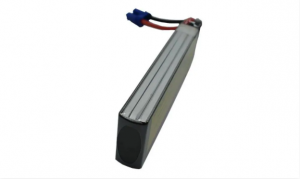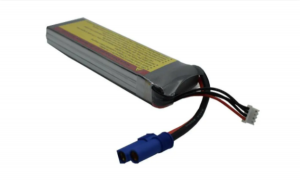First introduce the assembly method of polymer lithium battery:
1. Data calculation
When assembling polymer lithium batteries, first calculate according to the product size of the lithium battery pack and the required load capacity, etc., and then calculate the capacity of the lithium battery pack that needs to be assembled according to the required capacity of the product, and then according to Calculate the results to select lithium batteries.
2. Prepare materials
Choose a good lithium battery manufacturer and buy quality-guaranteed polymer lithium batteries. Don’t be greedy for cheap. After all, the battery is assembled. If there is a problem during the assembly process, the lithium battery is likely to be dangerous.
In addition to reliable polymer lithium batteries, a sophisticated battery equalization protection board is also required. On the current market, the quality of the protection board varies from good to bad, and there are also analog batteries, which are difficult to distinguish from the appearance. If you want to make a selection, it is better to choose a digital circuit control.
The container for fixing the polymer lithium battery also needs to be prepared to prevent changes after the lithium battery pack is arranged. The material that separates the lithium battery string and in order to better fix the effect, glue each two lithium batteries together with adhesive such as silicone rubber. In addition to these main materials, other materials can also be prepared for use when assembling lithium battery packs.
3. The specific steps of lithium battery assembly
First place the lithium batteries in a regular manner, and then use materials to fix each string of lithium batteries.
After fixing each string of lithium batteries, use insulating materials such as barley paper to separate each string of lithium batteries to prevent damage to the lithium battery skin and cause short circuits in the future.
After arranging and fixing them, nickel tape can be used for the most important tandem steps. After the steps are completed, only the subsequent processing is left. Tie up the lithium battery with tape, and cover the positive and negative poles with barley paper to avoid short circuits due to errors in subsequent operations.
Can I assemble the polymer lithium battery by myself, and how safe is it?
As for how to assemble the polymer lithium battery, it is the biggest confusion that many lithium battery enthusiasts want to assemble without any professional experience. In fact, whether it is lithium battery packs or used in our daily life or industrial fields, the safety issues must be taken seriously. At the same time, the safety technology of lithium battery packs must be continuously improved.
Lithium polymer batteries are not recommended for personal assembly. Because personal assembly does not have professional equipment to check whether the quality is safe, and the quality of the protection board is also good or bad, it is not known whether the quality of the business is true or not, so professional equipment is also needed for testing and repeated verification.
Assembling a lithium battery also requires various accessories, such as nickel sheets and various cables. Whether the matching and over-current capability is appropriate should be matched and measured by professionals, not just a few chemistry lessons. I have learned that even the best lithium battery pack is installed incorrectly or it will not be able to exert the best effect of the battery. At the same time, the polymer lithium battery has a barrel effect, and it is necessary to ensure that each battery cell is of high quality.
Is the polymer lithium battery assembly process safe?
The current polymer lithium battery pack does have shortcomings in terms of safety performance. Lithium batteries have high environmental requirements. A little bit of environmental discomfort can cause fire or even explosion. They cannot be used at will like lead-acid batteries. Therefore, non-professionals suggest not to assemble lithium battery packs privately.
Generally speaking, safety problems in the assembly process of lithium batteries manifest themselves as burning or even explosion. The root cause of these problems is the thermal runaway inside the battery. In addition, some external factors, such as overcharge, fire, squeeze, and puncture , Short circuit and other issues can also lead to safety issues.
After the polymer lithium battery is produced, a series of tests are required before reaching the consumer to ensure the safety of the battery as much as possible and reduce potential safety hazards.
In just a few years, the application range of lithium battery packs has expanded to various fields. Lithium battery packs can be seen everywhere. However, when we use lithium battery packs, we must pay attention to safety. Otherwise, it will be unimaginable.
Post time: Aug-14-2021






